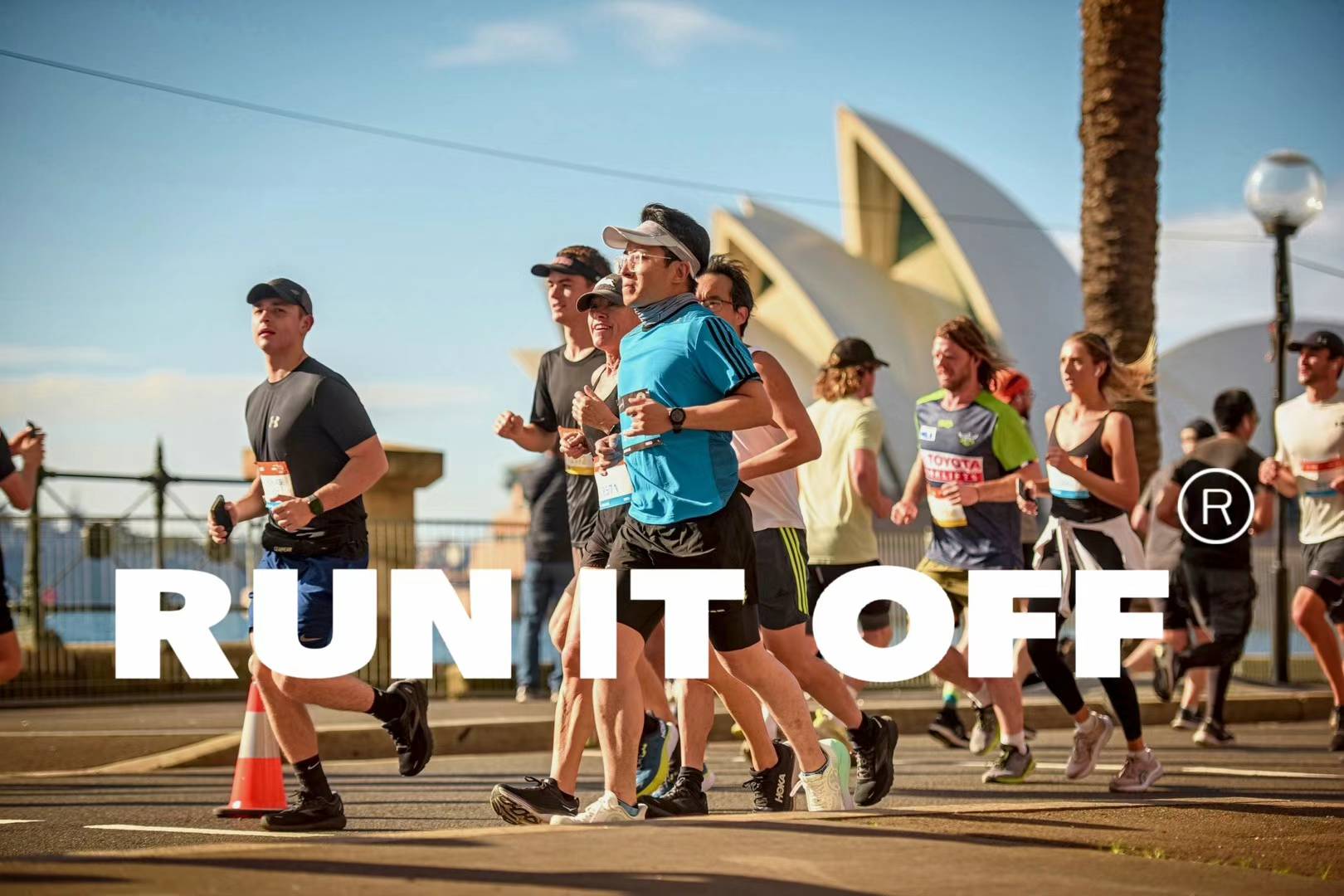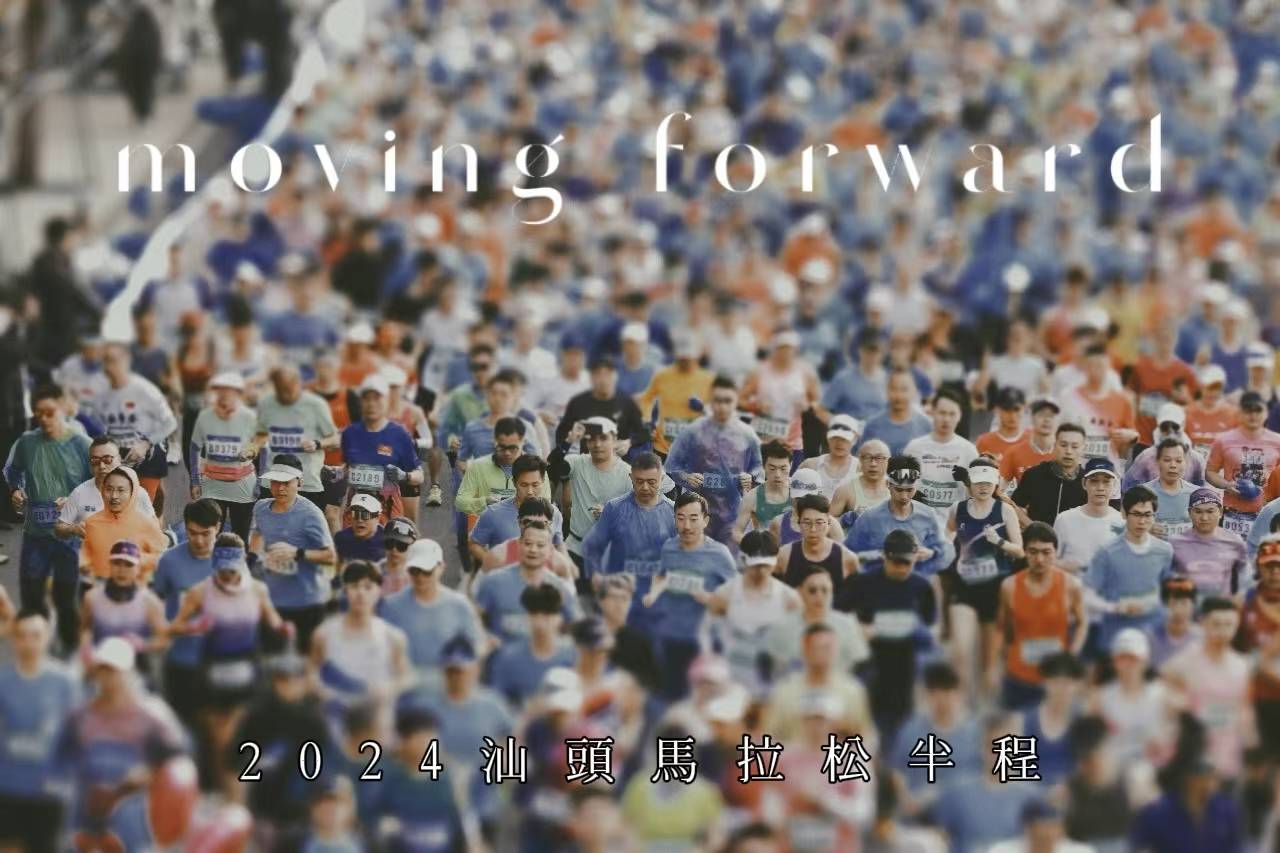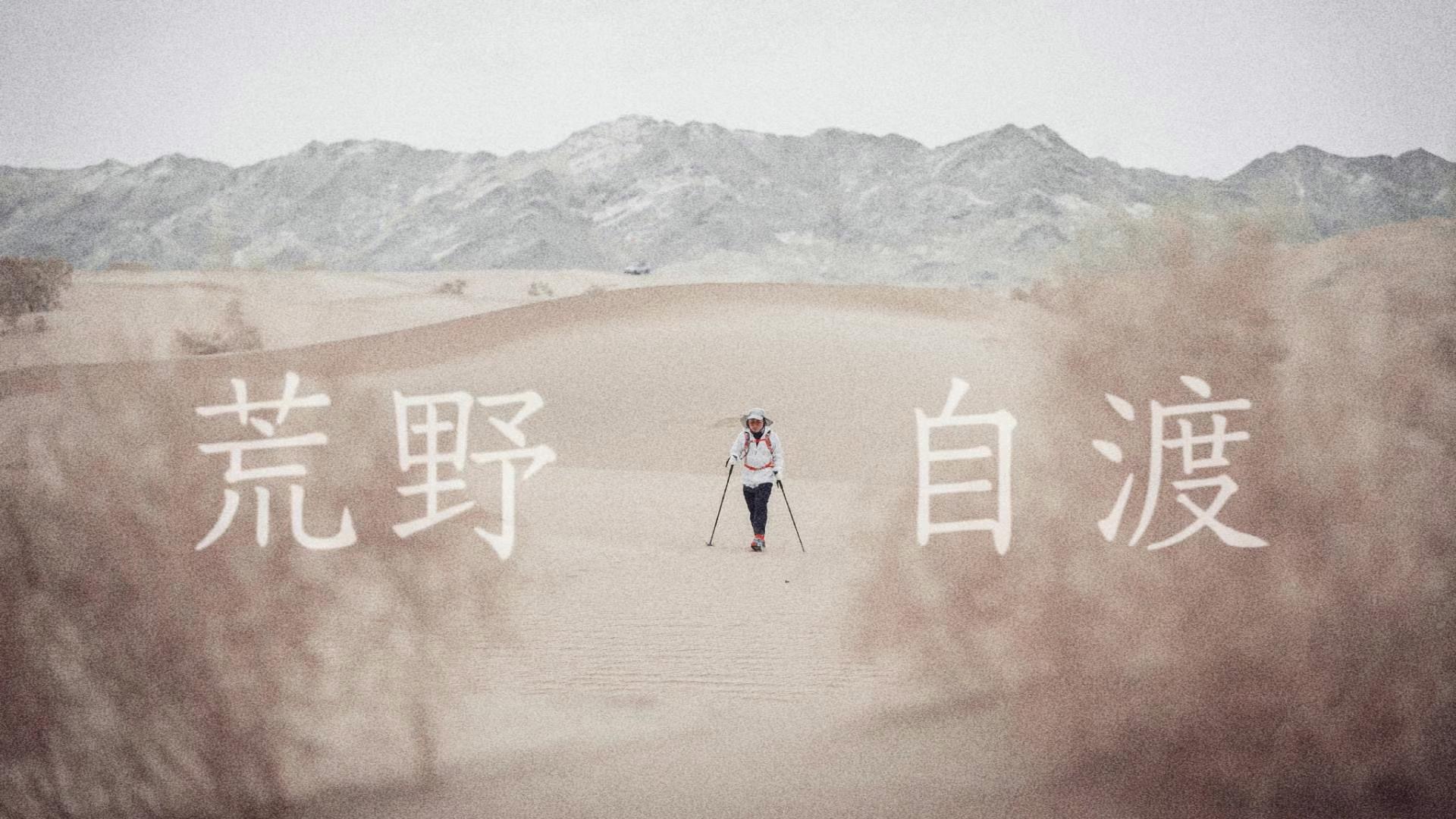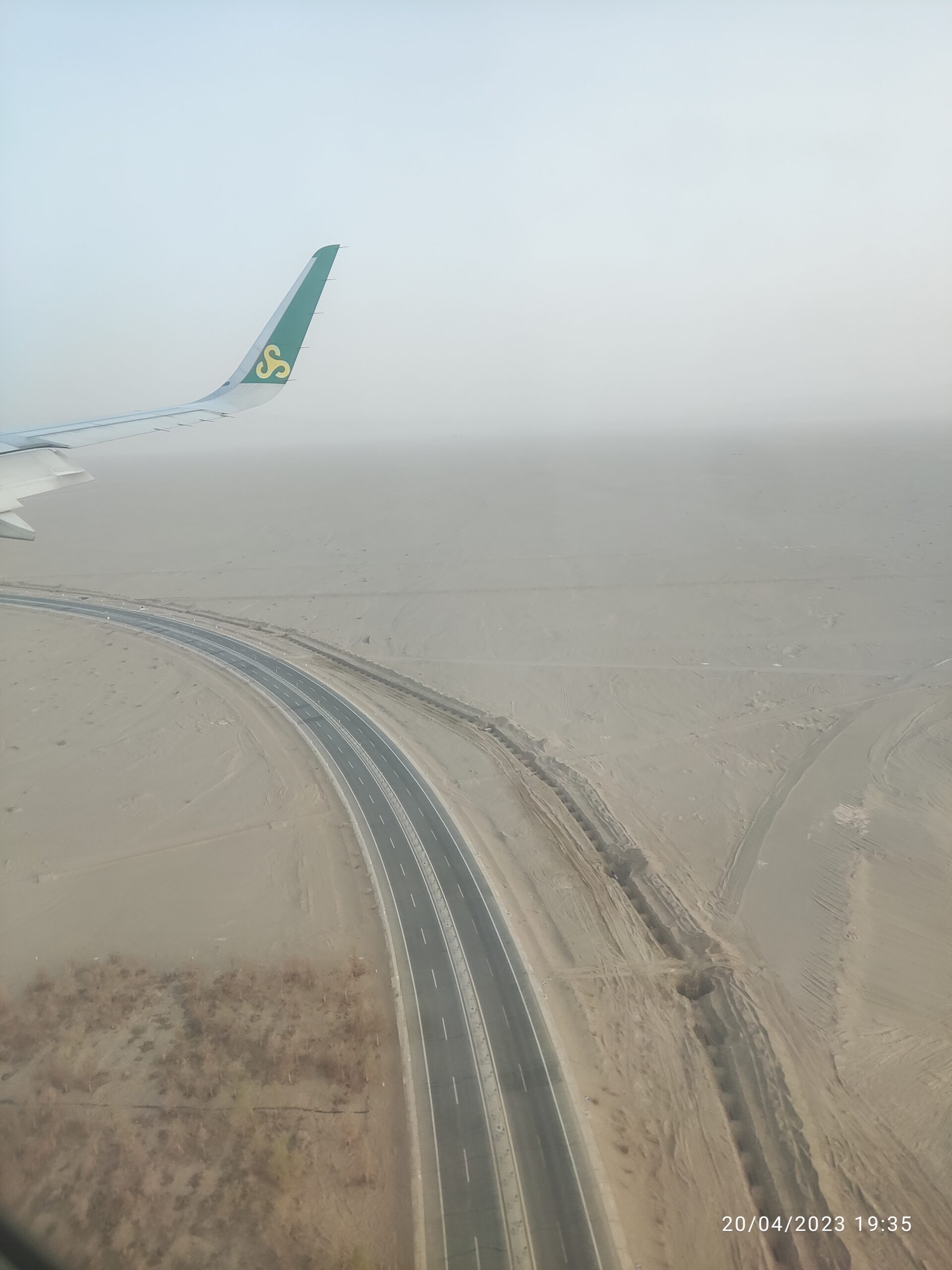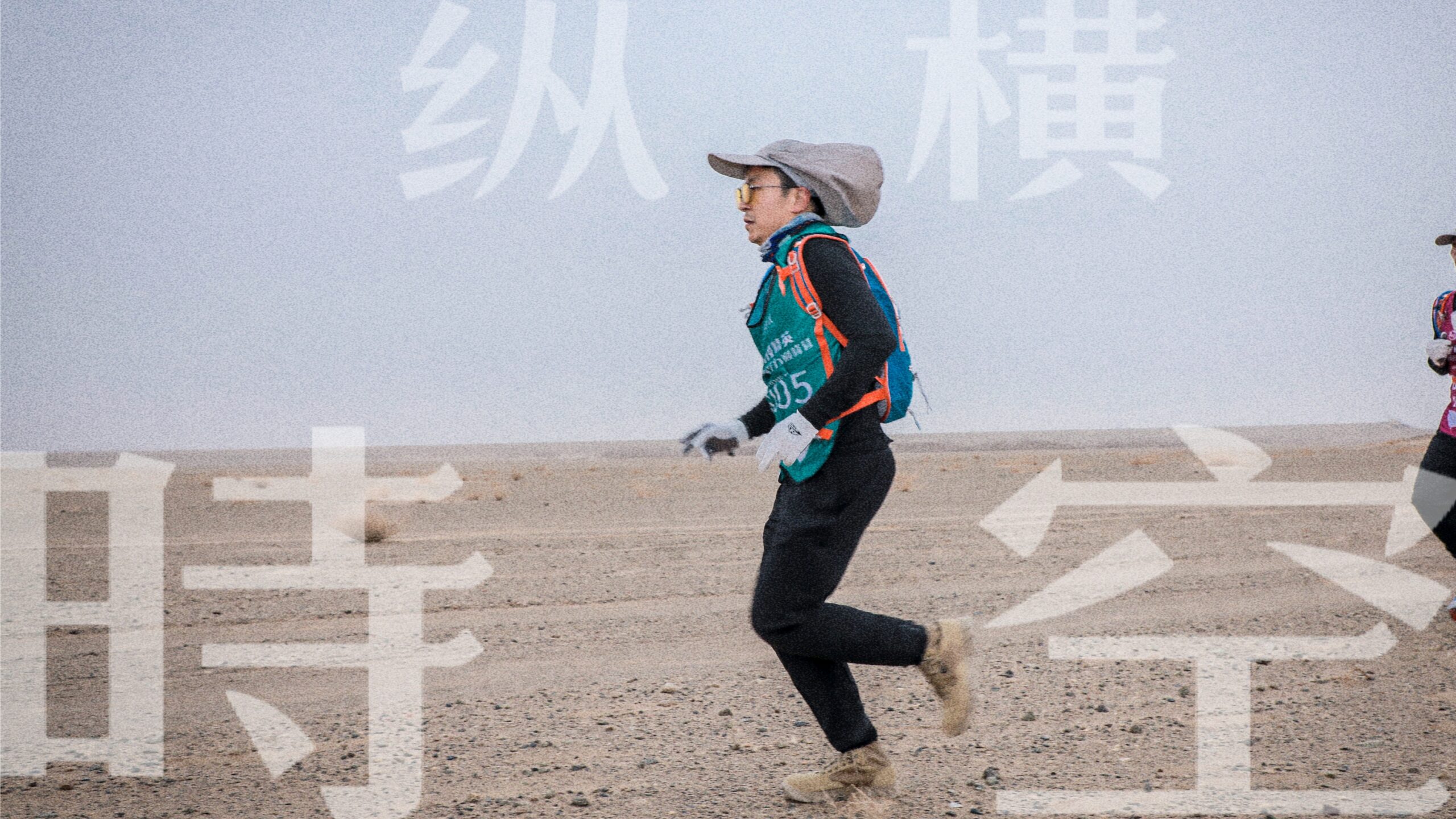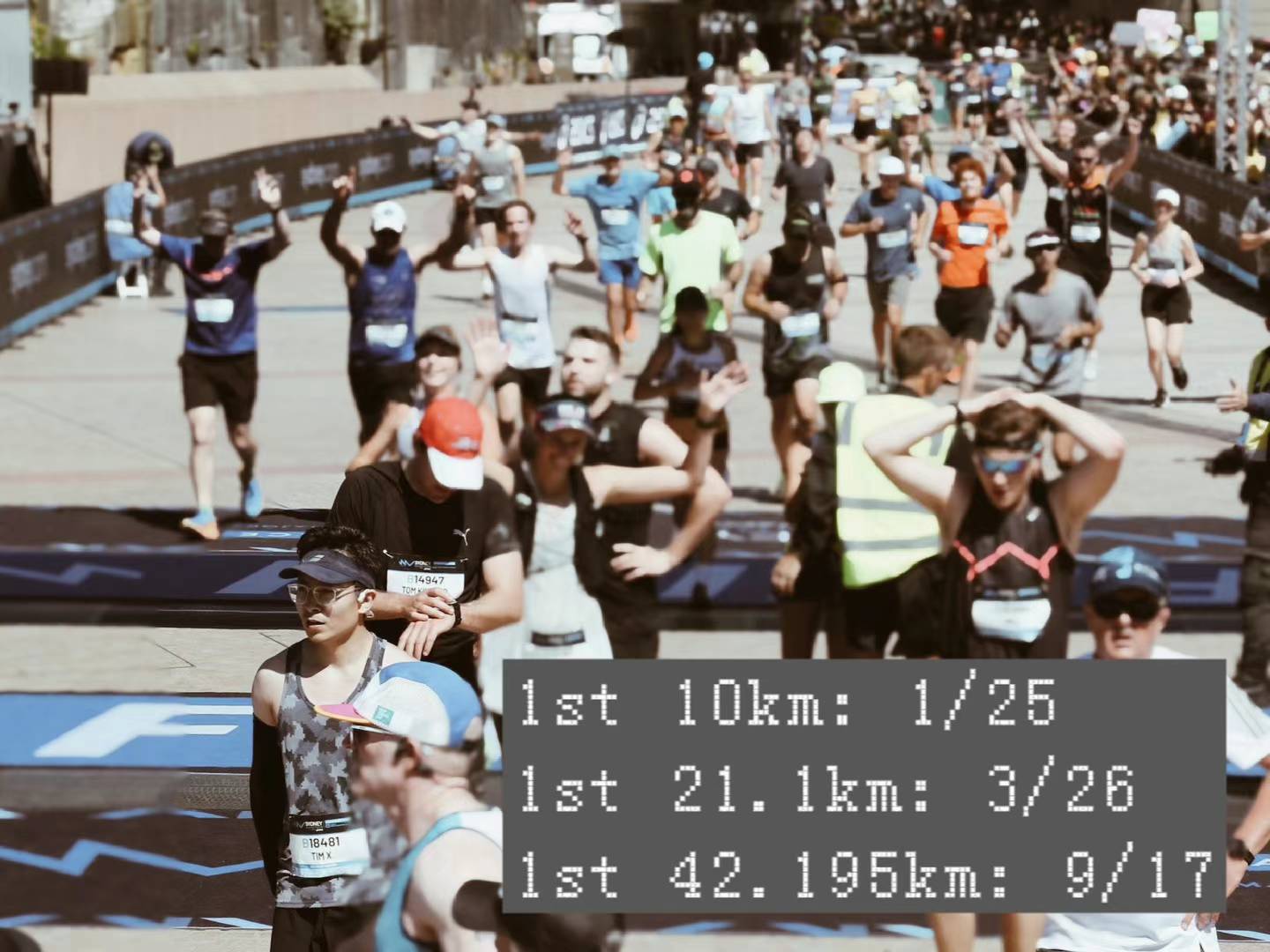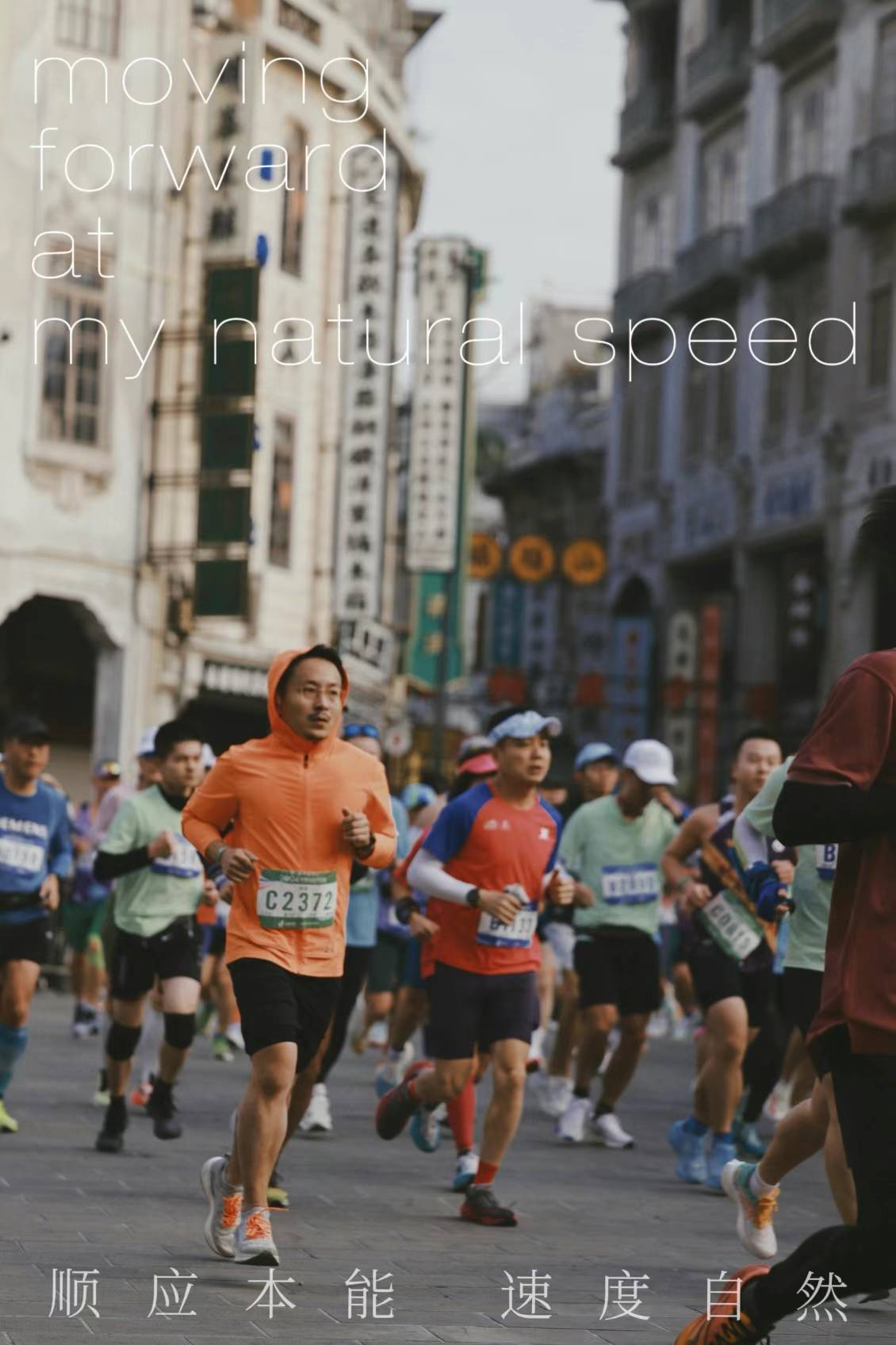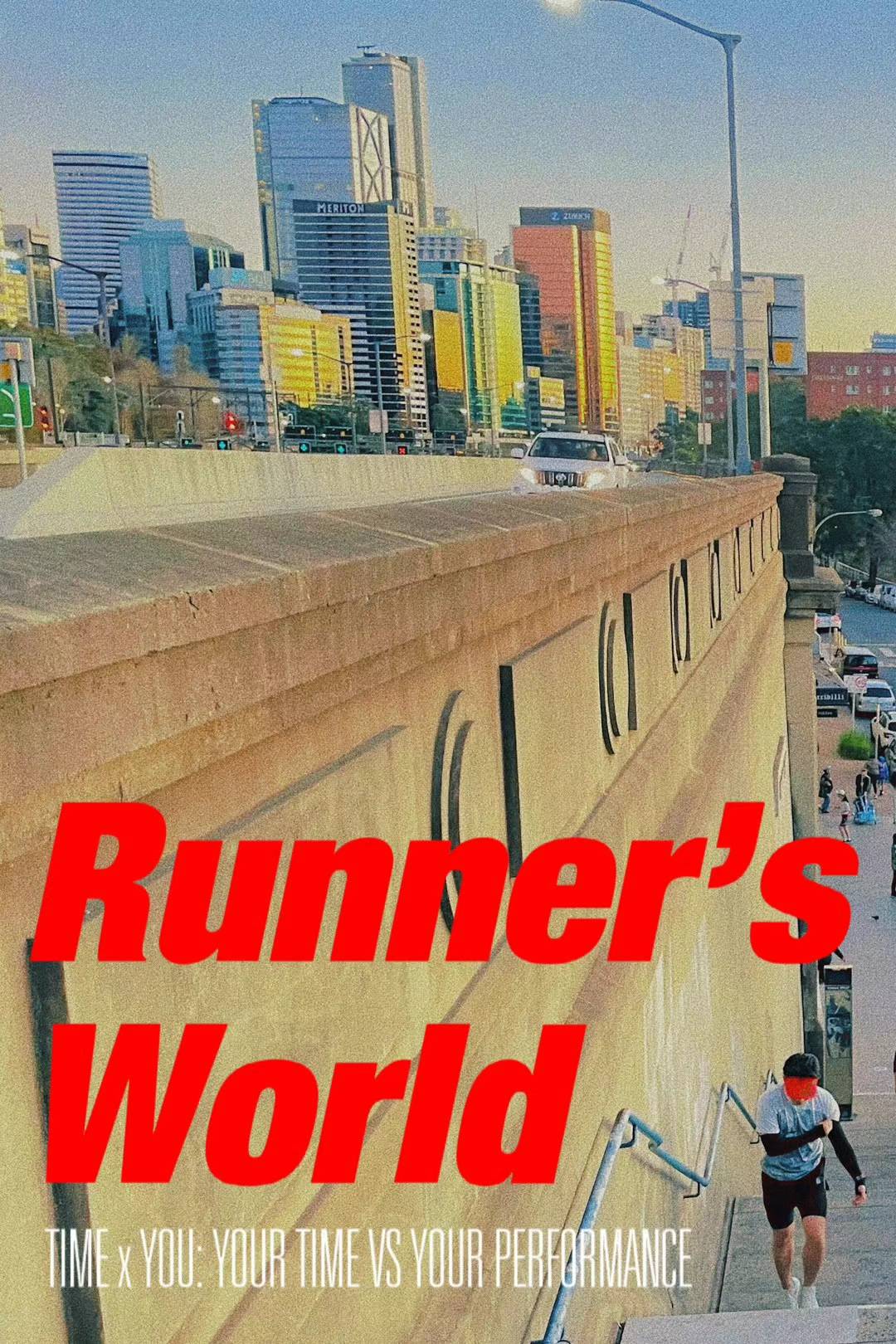Another trend that’s gained momentum is the Gobi Desert Challenge (
the Ultra Gobi Series)—a corporate ritual where dozens of business schools send teams into the desert in the name of “leadership development.” Each year, CEOs transform into flag-waving warriors, trudging through ultramarathon distances.
I took on a non-MBA version of the Gobi Desert Challenge, completing 88 kilometres over three days. I’m not sure if any leadership skills were developed along the way—but I do know the desert pushed my joints to their absolute limit. Along with symptoms of dehydration, it’s common for soul-searching reflections to kick in when you're placed in an extreme natural environment. In the final hours of the race, I genuinely thought I might have to retire from all forms of high-intensity exercise once I made it out of Dunhuang (敦煌).
Luckily, I didn’t—and none of my teammates suffer any lasting injuries from the journey. The memories of camping in the desert, using eco-friendly drop toilets, the sheer intensity of the race, and even the occasional hallucination or mirage have become stories we still talk about to this day. They’re not wrong when they call it a once-in-a-lifetime experience.
Probably because no one owns the rights to the phrase “The Road of Xuanzang,” several trekking race organisers have adopted it for their events. Xuanzang (玄奘), the most famous Buddhist monk in Chinese history, left the Tang capital in 627 CE and journeyed westward—crossing deserts and mountains, passing through numerous kingdoms along the Silk Road—until he finally reached the birthplace of Buddhist teachings 3 years later.
His journey 1,300 years ago, driven by spiritual endurance, has become a timeless symbol of persistence. CEOs and business leaders do not travel solo, and they carry with them the burdens of their fast-paced business world today, pushing themselves to the edge of physical exhaustion in the same desert where Xuanzang once nearly died of dehydration.
People are starting to wonder why so many
high-net-worth individuals are drawn to endurance sport. While I didn’t become rich in 2023—Jimmy, a proud PHBS Team A member of the 19th edition Gobi Challenge(戈19) introduced me to the world of voluntary suffering.
During one of our early jogs, he asked, “What’s your heart rate?”
I said, “I have no idea—I’m wearing a Casio.”
I started taking running seriously that year. I completed my first non-stop 10km run with the guidance of running coach Jenny Yi—an elite Gobi Challenge Team A runner who’s outrun more than a few of her male competitors. Most of my marathon training was done alone, but that first 10km wasn’t something I could’ve pushed through solo.
We ran in
Talent Park (人才公园), one of Shenzhen’s most popular running tracks and—like much of the nearby land—a product of land reclamation. As we looped around the greenway and waterfront, my eyes kept drifting toward every water fountain and public toilet in sight. I kept thinking: If Jenny asks,
“Are you okay?” or “Do you need water?”—I’ll stop immediately and catch my breath.
She didn’t check in once during those 59 minutes. If I’d had a Garmin back then, I would’ve unlocked my very first 10km medal and many other badges. Still, it was a memorable breakthrough.
After that first 10km, then a half marathon, I found myself eight months later crossing the finish line of my first 42.195km at the Sydney Marathon.
And yes—I’ve been wearing an entry-level Garmin ever since. I still explore Sydney’s streets and parks on my regular jogs, occasionally in other destinations, steadily accumulating more data in my Garmin account. Though I’ve spent a few early Sunday mornings running half marathon races—both in China (Shantou Marathon) and Australia (Hoka, Sydney)—I’ve decided to remain a one-time marathoner, for now.
